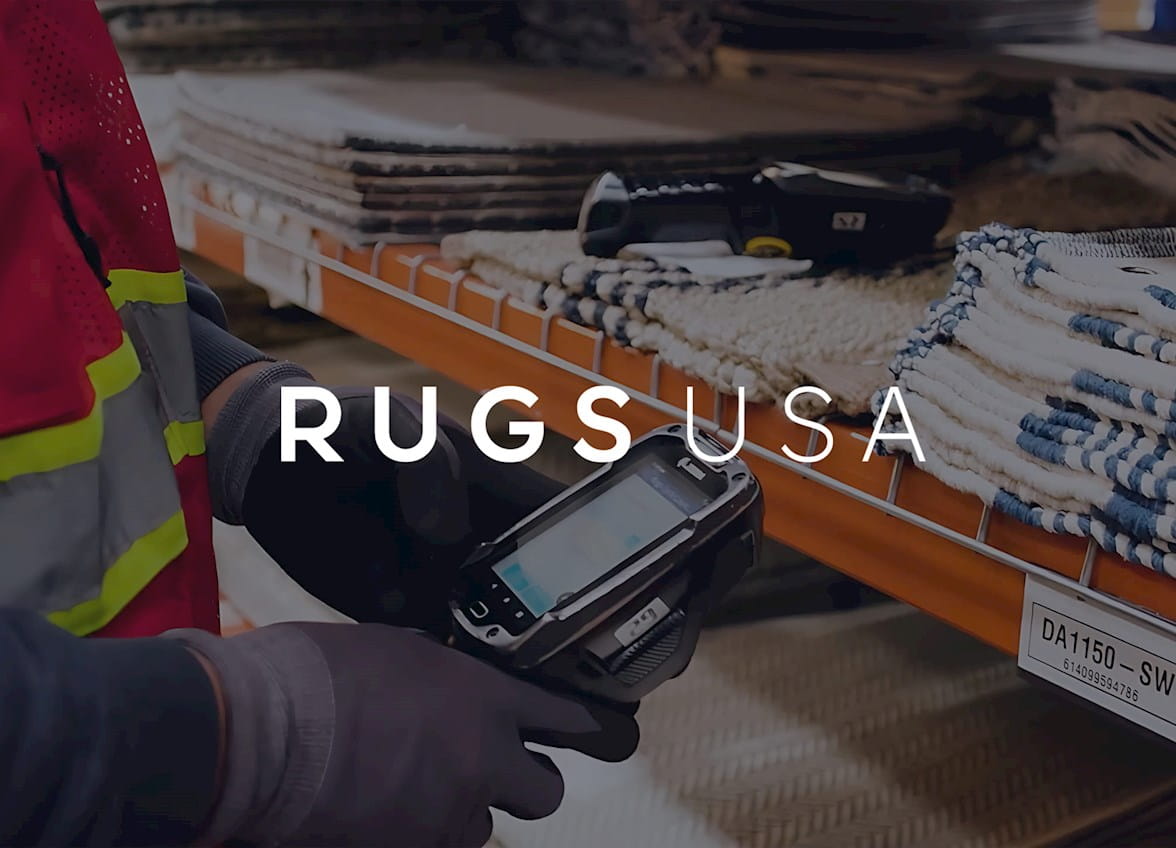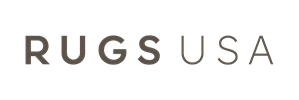Fortune 50 Retailer
Revamping in-store fulfillment processes to meet booming digital sales, while saving $117 million annually
What We Did
While the pandemic affected retailers in different ways, essential and non-essential stores shared one common challenge: unprecedented growth in digital sales. U.S. ecommerce sales grew 40% in 2020. Retailers need to streamline processes to meet a new level of demand. That’s where West Monroe comes in.
Our longtime client, a Fortune 50 retailer, asked us to help redesign its processes for fulfilling digital channel orders in stores. Company executives knew we had the right skills because we have partnered successfully multiple times over the past decade: to optimize store labor planning and budgeting, improve merchandising, design new customer experiences, and develop more effective management practices.
In 10 weeks, we collaborated to:
- Design efficient processes for in-store fulfillment of online orders
- Identify new data sources that predict the labor and resources needed for in-store fulfillment
- Develop an accurate model for predicting in-store fulfillment labor requirements that uses location-specific attributes such as customer demand, service levels, and product types
Now, the company is beginning to realize significant benefits.
52%
productivity gain by increasing number of orders filled by each associate
$117M
annual labor cost savings
55
hours saved per week in each store
Part 1: Redesigning processes increased productivity by 52%
Project Timeline
The Challenge
In 2020, the retailer experienced 80% year-over-year growth in sales through digital channels, with 60% of those orders fulfilled by its stores. This strained its already dated store resource planning approach. To meet service level agreements and maintain high customer satisfaction, the company needed a new model that incorporates newly designed processes and better reflects sales and fulfillment trends. This was a challenge tailor-made for West Monroe.
An Undeniably Different Approach
We quickly fielded a multidisciplinary team of retail, technology, and workforce productivity experts. This type of dynamic teamwork enables us to consider all the relevant aspects of labor modeling.
One distinctive feature of our approach was that it centered on the customer – making customer demand and experience the focal points for forecasting and staffing in-store order fulfillment labor.
We employed our experience, process design, and analysis skills to create an accurate activity-based labor forecasting model that incorporates retail best practices and methods, as well as store-specific attributes. To facilitate use of the new model, we held working sessions with the client’s executives to define new inputs that ensure the model accounts for demand fluctuations. These sessions surfaced 12 new drivers of customer service volume that the company can use to improve forecasting accuracy.
Returns You Can Measure
The retailer can now plan with confidence – knowing that its order fulfillment processes and hours budgeted to stores accurately reflect specific conditions, customer demand, and “new normal” shopping patterns.
The impact is proving measurable and meaningful. Redesigning processes helped the company increase orders filled by each associate from 1.8 to 2.7 per hour – a 52% productivity gain. At the same time, the company can reduce the number of weekly hours budgeted for order-fulfillment activities by about 55 hours per week, per store. This will reduce order-fulfillment labor costs nationwide by $117 million, or 20%, annually.




